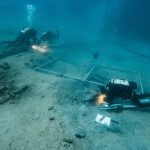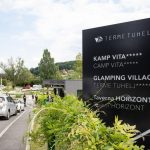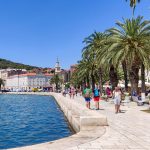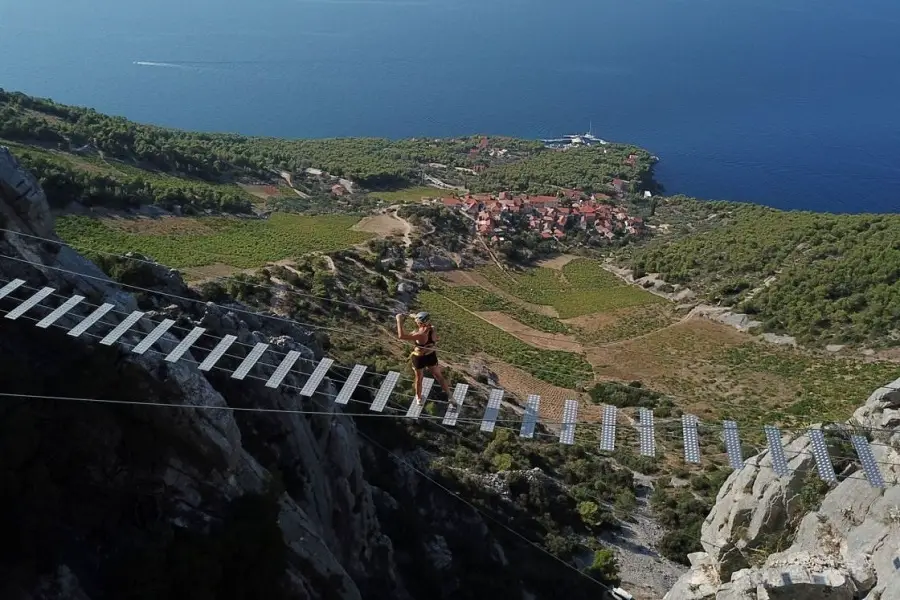
September 13, 2020 – It may be better known as a summer beach destination, but Hvar long stays are looking increasingly attractive in the corona era.
As I have written before, one’s perspective on the whole coronavirus crisis is heavily influenced on one’s personal experience. Being locked down in the heart of New York City, with death all around, compared to life on a corona-free Dalmatian island are two completely different things.
I was fortunate to endure 63 days of idyllic lockdown on the island of Hvar, which I have to say was never more beautiful in the 19 years I had known it. There were no tourists, and with me self-isolating for a month after arriving from Varazdin, there was no contact with locals either. Just me and the island, almost devoid of people.
The sun shone, a lot, the Internet worked well, and the produce from the family field was outstanding.
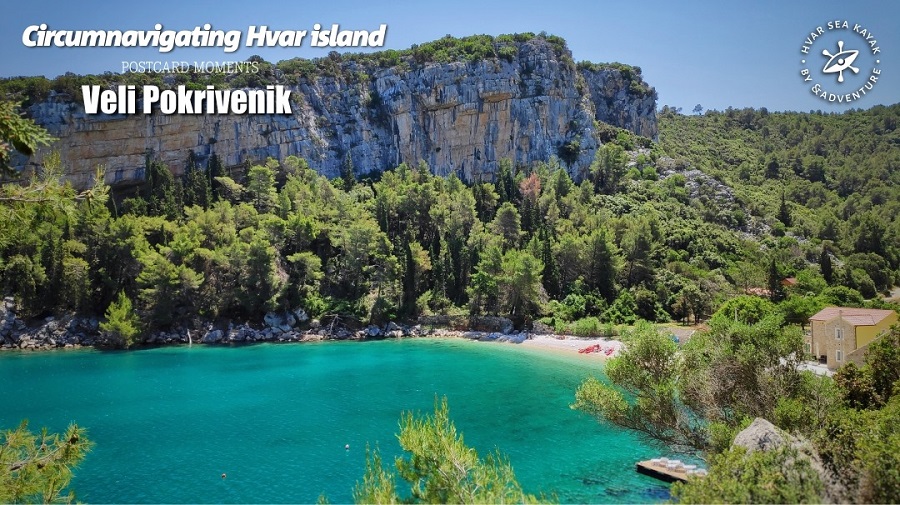
(Photo credit – Hvar Sea Kayak)
Yes, of course, the lack of cafes and restaurants, and the inability to travel to the mainland, were inconveniences, and entertainment was a little thinner than in the summer months. But when I chatted to friends all over the globe, I realised just how fortunate we were.
In the UK, for example, no chance to go to the pub or get a haircut until July 4, with social gatherings limited to two households. So claustrophobic, especially compared to Hvar where the crashing waves of the Adriatic each evening helped clear away the cobwebs of stress built up reporting daily on the global pandemic.
And now that summer is ending, and talk of a second wave and new lockdowns emerge, I look again to the magic and freedom of islands in Dalmatia. Hvar long stays make more sense than ever to me, for those with the freedom to travel and work from home. Back in the UK, meetings are now limited to just 6 people, and who knows what is coming next.
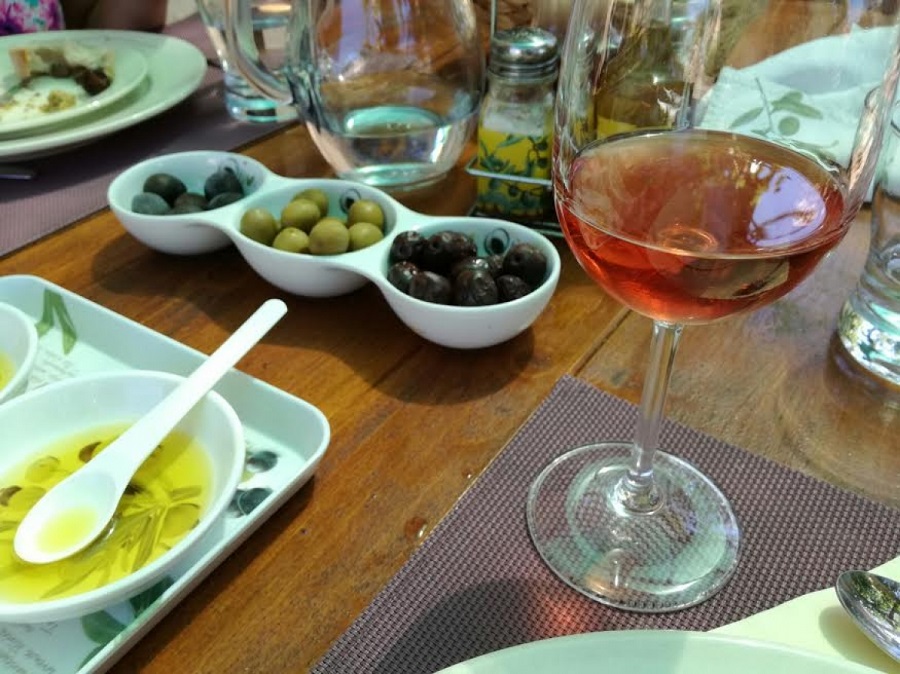
Almost 70 kilometres long and with a population of just 10,500, Hvar has a population density of just 38.5/km2, so if you are looking to social distance, you have come to the right island… But it is also an extremely healthy island, with its temperate climate. So healthy in fact, that it is known as the sunniest island in Europe, as well as the birthplace of organised tourism in Europe, with the founding of the Hvar Health Society back in 1868.
That healthy lifestyle extends to the food, and Hvar is one of 9 settlements in several countries whose Mediterranean Diet was inscribed as intangible UNESCO heritage back in 2013. I certainly cannot recall living in a place where the local ingredients were so healthy or flavoursome. I have become an olive oil addict over the years, and nothing quite beats plucking a lemon from the tree for that evening gin and tonic on the terrace.
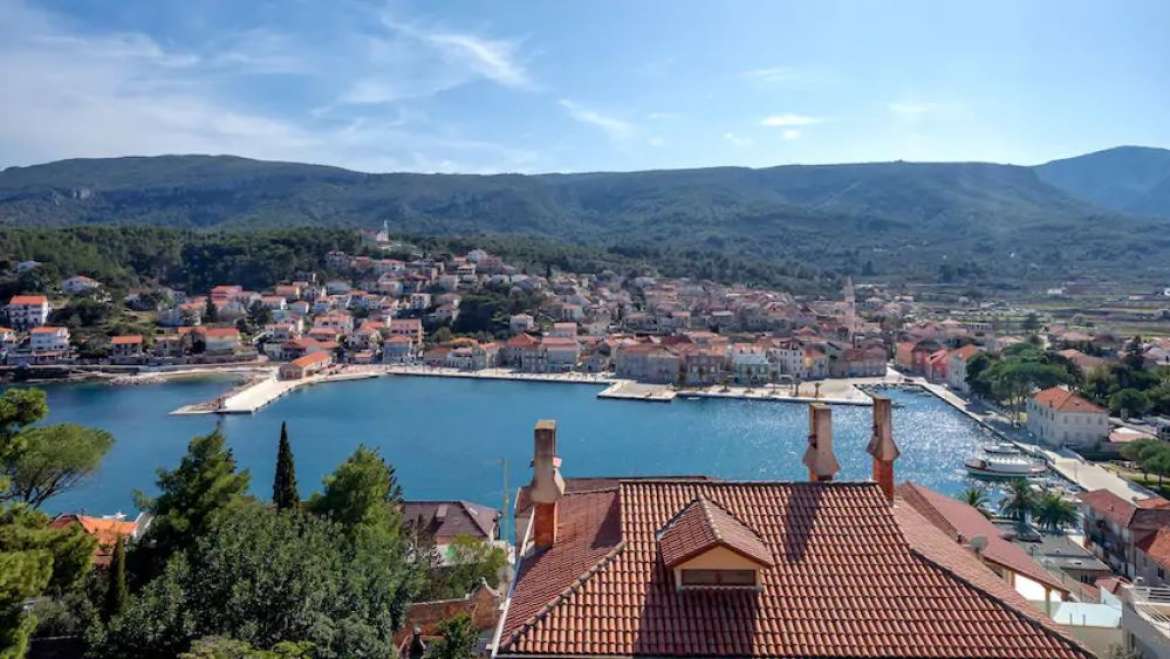
Tourism on Hvar was actually centred on winter tourism 150 years ago, that wonderful healing temperate climate a key attraction. The Austrian Madeira was how the island was called. It will take significant effort to make Hvar a significant winter destination again, but for those looking to get away to somewhere a little more remote (but just two hours by ferry from Split), a clean and healthy environment, both with food and nature, it is well worth exploring. The season is now more of less over, and so too are seasonal prices. The price of Hvar long stays out fo season are infinitely more reasonable, and what better way to start the day than with the sun streaming in through the windows, followed by coffee on the terrace?
It certainly beats lockdown in a city.
Learn more in As Tourists Leave Croatia, the Case for an Extended Autumn Stay on Hvar.




